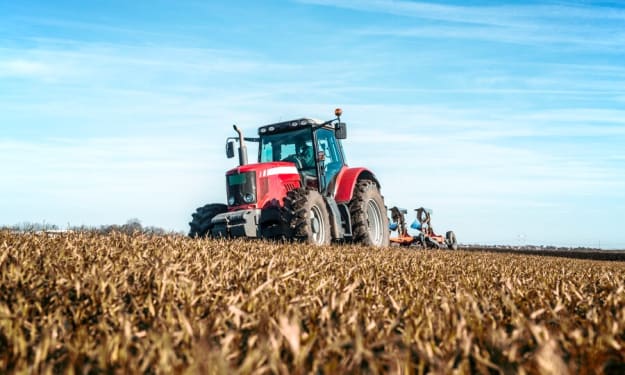Rice Cultivation Guide in Indonesia
Rice cultivation in Indonesia

Rice is not just food; It’s Indonesia’s lifeblood. As the world’s third largest producer of rice, Indonesia’s rich agricultural heritage is closely linked to the production of this staple crop This guide explores the fascinating journey of rice, from productive fields to the hot plates of the islands.
Rice power landscape: Agricultural practices
Sawah, a traditional wet rice field, is used in Indonesian rice agriculture. These developed rice fields rely on canals and reservoirs to manage water, which is critical for rice growth. The process can be broadly broken down into several steps:
Land preparation: The cycle begins with land preparation. Farmers work the land, often using water buffalo to plow and break up any large clumps. This creates a flat seed bed perfect for water retention and seedling growth.
Seed and transplant: Traditionally, farmers use seedbeds to raise seedlings before planting in the main rice field. This allows for better germination and produces healthier, more uniform plants. Modern methods involve seeding directly into a prepared field.
Water Management: Water and the livelihood of the Savaha. Farmers carefully monitor water levels throughout the life of rice. Areas are flooded early to promote germination and growth. As the plant matures, the water level gradually decreases allowing the rice to strengthen its roots and prevent fungal diseases. Fertilizer Supply: Traditionally, farmers relied on organic manure from animals such as water buffalo. Today, combinations of organic and inorganic fertilizers are commonly used to add nutrients to soil.
Weed control: Weeds and rice plants compete for resources. Farmers use a variety of methods to manage weeds, including hand picking, flooding methods, and herbicides.
Harvesting: Once the rice seeds have matured and turned yellow, it is time to harvest. Traditionally, farmers used forks to cut rice stalks by hand. Combined mowers are widely used today, especially on large farms.
Crushing and grinding: After harvesting, the grain should be separated from clumps and stalks. This is done by hammering, often using a lesung, a large mortar and pestle. Modern farms use loom machines. Finally, the rice is ground to remove the bran from the common white rice.
Touching people: the importance of smallholder farmers
Despite the presence of large farms, rice production in Indonesia is dominated by small farmers. These dedicated individuals, often farming on plots of less than 0.8 hectares, provide an impressive 90% of the country’s rice. Their traditional knowledge and practices passed down from generation to generation are critical to maintaining food security. However, smallholder farmers face challenges. Access to resources such as improved seeds, fertilizers and irrigation may be limited. In addition, fluctuations in market prices and competition from imported rice may affect their livelihoods.
Innovation and sustainability: The future of rice agriculture
Indonesia embraces the importance of a sustainable and productive rice industry. Governments and research institutes are actively engaged in introducing new technologies and practices:
High yielding varieties: Breeding programs are developing pest and disease, drought resistant rice varieties to improve overall yields
Sustainable Practices: Integrated Pest Management (IPM) strategies focus on controlling pests with minimal environmental impact. Furthermore, sustainability can be increased by promoting organic fertilizers and water conservation methods.
Technology: The introduction of appropriate machinery while respecting traditional practices can reduce farm work and improve efficiency. Rice binding a nation: The cultural significance of rice
In Indonesia, rice is nearing its role as a food source. It is deeply woven into the cultural fabric of the country. Rice is often offered at ceremonial ceremonies, and festivals mark the harvest season. It means eating rice together and gathering in community.
In conclusion, rice farming in Indonesia is a story of tradition, innovation and resilience. Every step taken from vehicle maintenance to the dedication of young farmers ensures an abundant harvest that feeds the country. As Indonesia strives for a more sustainable and secure future, rice will undoubtedly remain a cornerstone of its agricultural land and culture.
About the Creator
Sweileh 888
I am a writer of interesting and useful content, and I have contact on all social media sites regarding this
Enjoyed the story? Support the Creator.
Subscribe for free to receive all their stories in your feed. You could also pledge your support or give them a one-off tip, letting them know you appreciate their work.






Comments (2)
This is a well written guide. Its great to know about Indonesia.
Great work, thanks